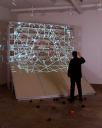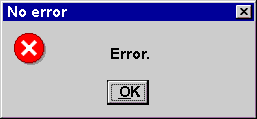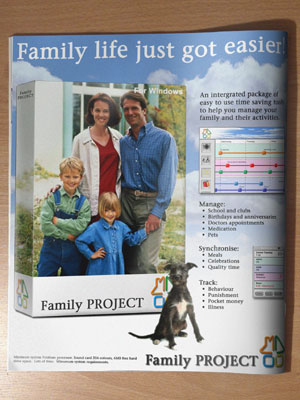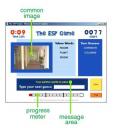 Christopher Alexander of Pattern Language fame has developed a second generation of pattern language that focuses on process rather than outcome.
Christopher Alexander of Pattern Language fame has developed a second generation of pattern language that focuses on process rather than outcome.
A generative sequence may be thought of as a second generation pattern language. (From the Pattern Language Website)
Reading around the web sites I am struck by how Alexander has woven computing into his second generation ideas. Could it be that Alexander was influenced by the way computer scientists responded to his pattern language ideas?
Now a sequence is something that looks very very simple and is actually very very difficult. It’s more than a pattern; it’s an algorithm about process. But what is possible is to write sequences so that they are easy. You follow the steps in a sequence like you follow the steps in a cooking recipe. (From A Just So Story)
Reading A Just So Story (subtitle “How Patternlanguage.com got its name”) suggests to me that the way the computing community took to his ideas led Alexander to think about processes and code. In his The Origins of Pattern Theory) 1996 address to the OOPSLA he calls the overlap of ideas “a deeper coincidence in what you are doing in software design and what I am doing in architectural design”.
It is also worth noting how Alexander describes generative sequences as recipes (which we have been using to help people understand text analysis):
After all, every recipe is a sequence of steps. Is a generative sequence anything more than a series of steps like a recipe for cake or omlets. (From Uniqueness of Generative Sequences)
Elsewhere he talks about unfolding and recipes synonymously.
I think there is an interesting thread to pursue through the criticism of Alexander’s sometimes naive mysticism while also experimenting with its application to methods in the textual disciplines. Patterns and recipes are evocative and useful, I’m not sure I buy the Heideggarian philosophy the Alexander thinks they are grounded in.
The web materials under Patternlanguage.com are, to make matters worse, confusing to browse. (They are under “method” to begin.) Alexander has another site, Building Living Neighborhoods which is much better organized and is aimed at the neighborhood activist. It illustrates what he is talking about better than the home site.
 I need to say something about Alexander’s site and books. They are poorly designed and undermine his message. If he followed a process for developing his web site I would call it the “use frames when you don’t need them, use tables within tables so that people can’t help but see them, and randomly add things when you think of them.” Consistent navigation or design is not a priority. The second series of books The Nature of Order, published by The Center for Environmental Structure, also suffers. At CAD $100 a book it feels cheap and the images reproduced often look like they were scanned from newspapers. If you look at the nested boxes on the cover (click on image) of his second series of books you can see how attached he is to coloured tables and boxes. If you look closely at the cover you can also see how sloppy it is. I wish Alexander and The Centre would practice in web and book design what they preach for architecture. These ideas are too important (and too close to mysticism) to be tainted by cheap and amateur design.
I need to say something about Alexander’s site and books. They are poorly designed and undermine his message. If he followed a process for developing his web site I would call it the “use frames when you don’t need them, use tables within tables so that people can’t help but see them, and randomly add things when you think of them.” Consistent navigation or design is not a priority. The second series of books The Nature of Order, published by The Center for Environmental Structure, also suffers. At CAD $100 a book it feels cheap and the images reproduced often look like they were scanned from newspapers. If you look at the nested boxes on the cover (click on image) of his second series of books you can see how attached he is to coloured tables and boxes. If you look closely at the cover you can also see how sloppy it is. I wish Alexander and The Centre would practice in web and book design what they preach for architecture. These ideas are too important (and too close to mysticism) to be tainted by cheap and amateur design.
As Alexander puts it in a strange misspelling about the shift from patterns to sequences,
In fact, both A Pattern Language and The Timeless Way Of Building say that the pattern language is to be used sequentially. In practice, however, this feature dropped out of site, and was not emphasized in use. (From The Origins of Pattern Theory)
Did it drop out of “sight” or out of the Patternlanguage.com “site”?






 Digital woodcarvers, CNC for the home shop is here!
Digital woodcarvers, CNC for the home shop is here! 




